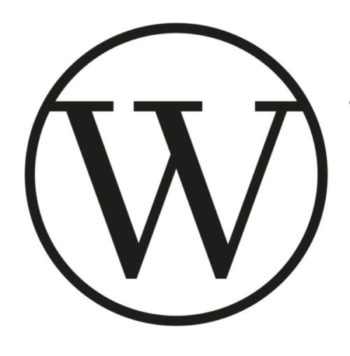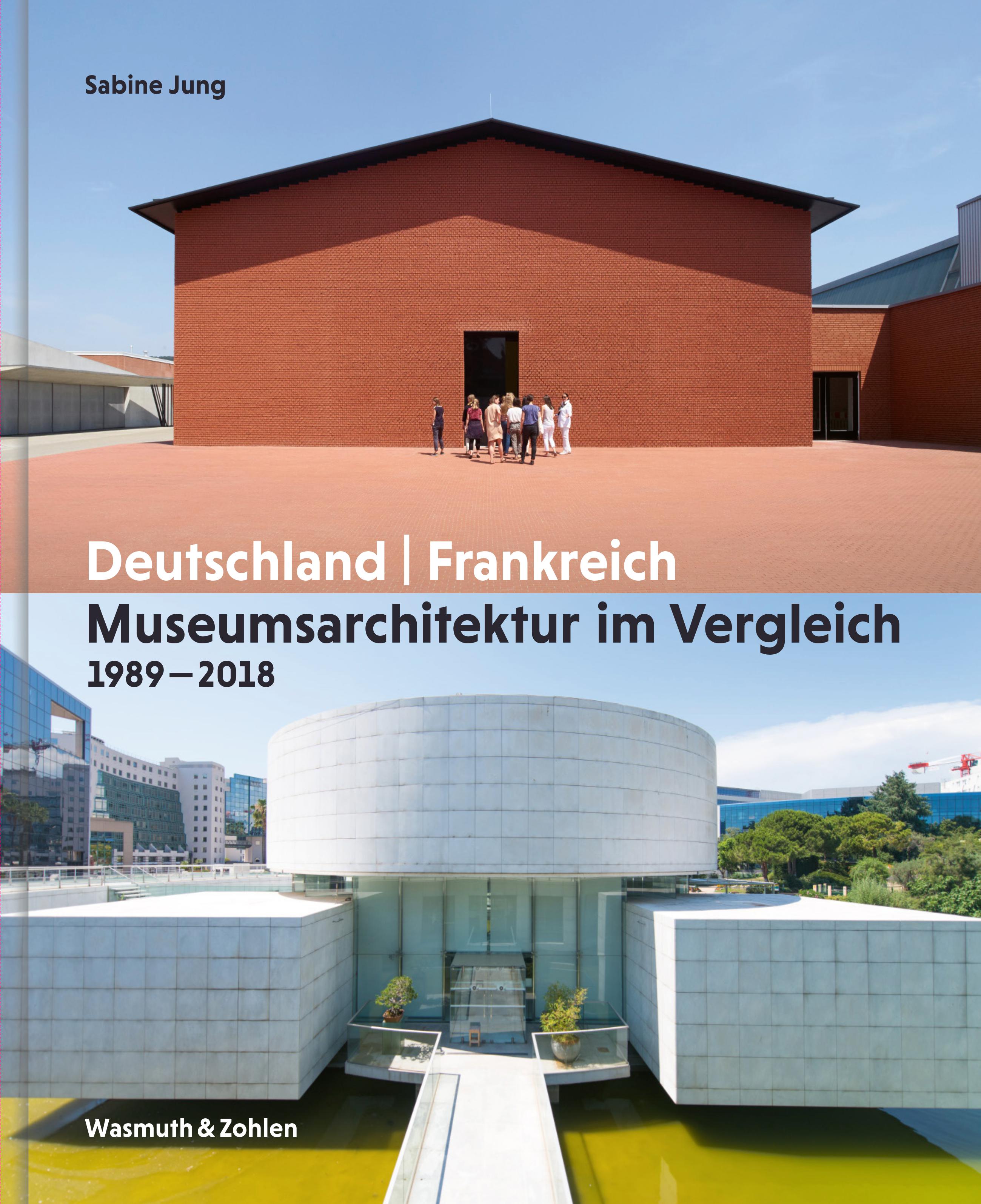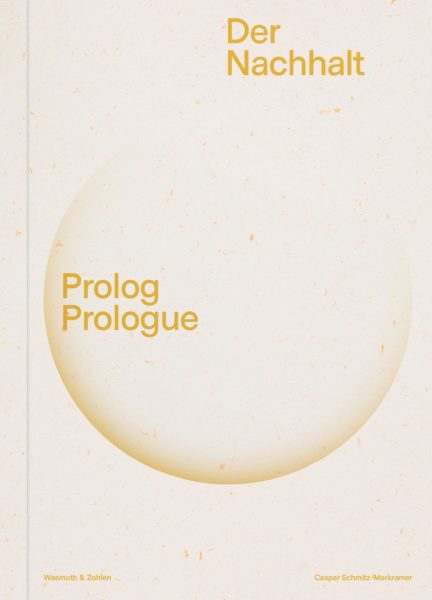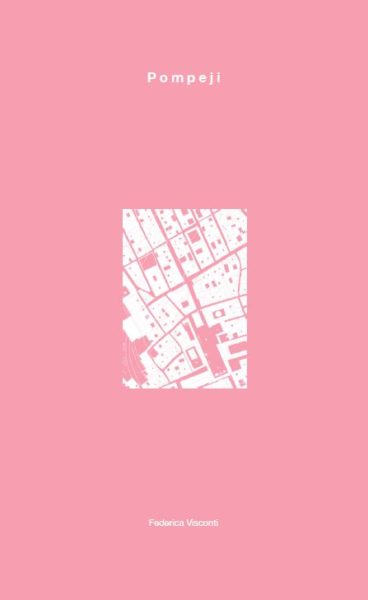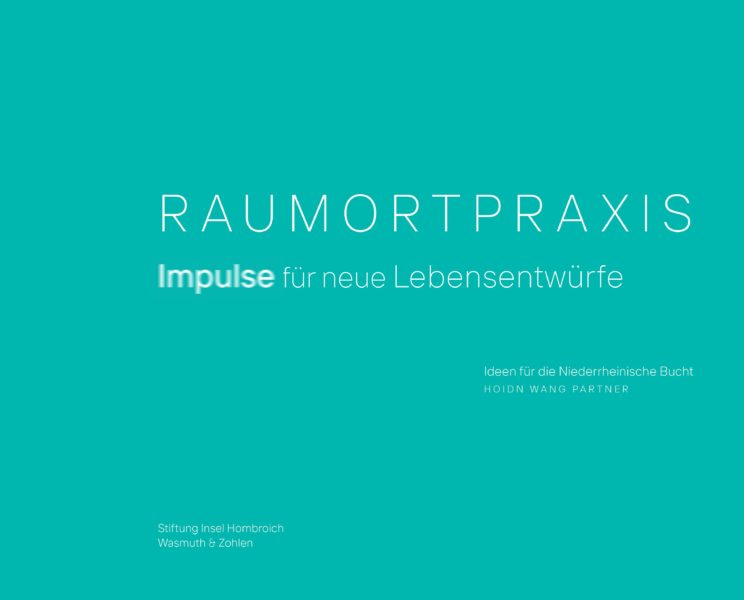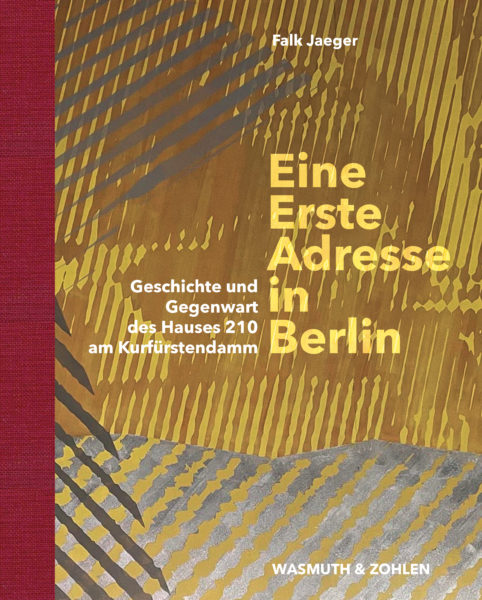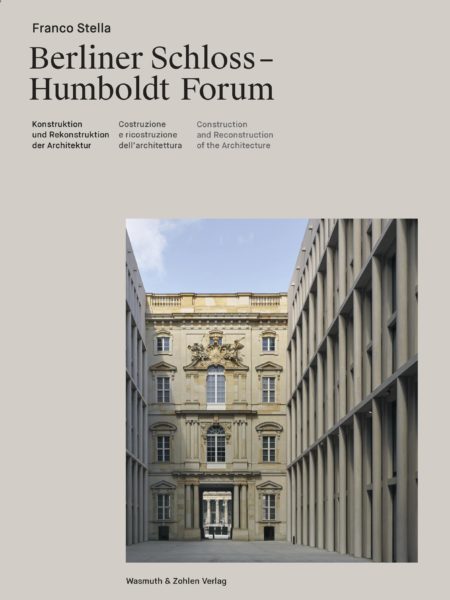Museumsarchitektur im Vergleich 1989 – 2018
Deutschland / Frankreich
Despite globalization and international alignment, museum architecture in Germany and France took different paths between 1989 and 2018 and definitely developed national characteristics. These particularly caught the attention of the author, who comes from Alsace, thanks to its dual culture, and inspired her to analyze the differences.
- Author: Sabine Jung
- ISBN: 978 3 8030 2380 3
- Size: 22 x 27 cm, Hardcover
- Edition: 1st edition, original edition
40,00 €
incl. 7% VAT
zzgl. Versandkosten
-
Despite globalization and international alignment, museum architecture in Germany and France took different paths between 1989 and 2018 and definitely developed national characteristics. These particularly caught the attention of the author, who comes from Alsace, thanks to its dual culture, and inspired her to analyze the differences.
In Germany, for example, one could read in the architecture of certain museums the desire to reconnect with a historical tradition. These include, for example, the use of spiral staircases, which hardly occur in France, or oblique zigzag lines, which, as elements of dissonance, recall the architectural vocabulary of Expressionism, a style that met with little response in France. The author also noticed the use of disused tunnels, created sculpture paths, the massive use of natural stone, and the reuse of building materials as specifically German. She interprets the use of escalators as an expression of an intended connection between culture and technology.
Two museums, the “Vitra Campus” and the “Insel Hombroich,” stand out in this respect, insofar as the buildings themselves are understood as collection objects and reveal a rather German musical way of thinking in their treatment of theme and variations.
The situation in France is quite different. Two prestigious projects, the Musée du Quai Branly – Jacques Chirac and le Louvre-Lens, an offshoot of the Louvre in Paris, show that the country continues to cultivate a representative architectural language in the spirit of the French Enlightenment and the Encyclopédie. Long galleries are intended to symbolize universality in these central state institutions, whereas in regionally organized Germany, for example, the „Hamburger Bahnhof – Museum für Gegenwart“ in Berlin does not make this claim.
In France, moreover, building decoration plays a greater role than in Germany. The widely used screen-printed glass often shows colorful motifs with mirror effects and changes in perspective. In contrast, German architects prefer the unambiguousness of total transparency of glass surfaces or even the complete opacity of stone facades.
The result is not only an analysis of the architectural differences and peculiarities of the two countries, but also a comprehensive presentation and precise documentation of the museum architecture created in France and Germany over the last three decades.
Read in:
Deutsch -
Author Sabine Jung ISBN 978 3 8030 2380 3 Size 22 x 27 cm, Hardcover Number of pages 264 pages Illustrations approx. 400 colored illustrations Languages German Edition 1st edition, original edition Release July 2023
